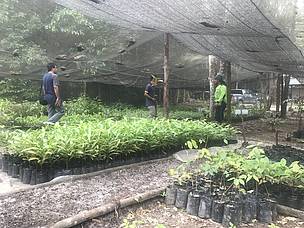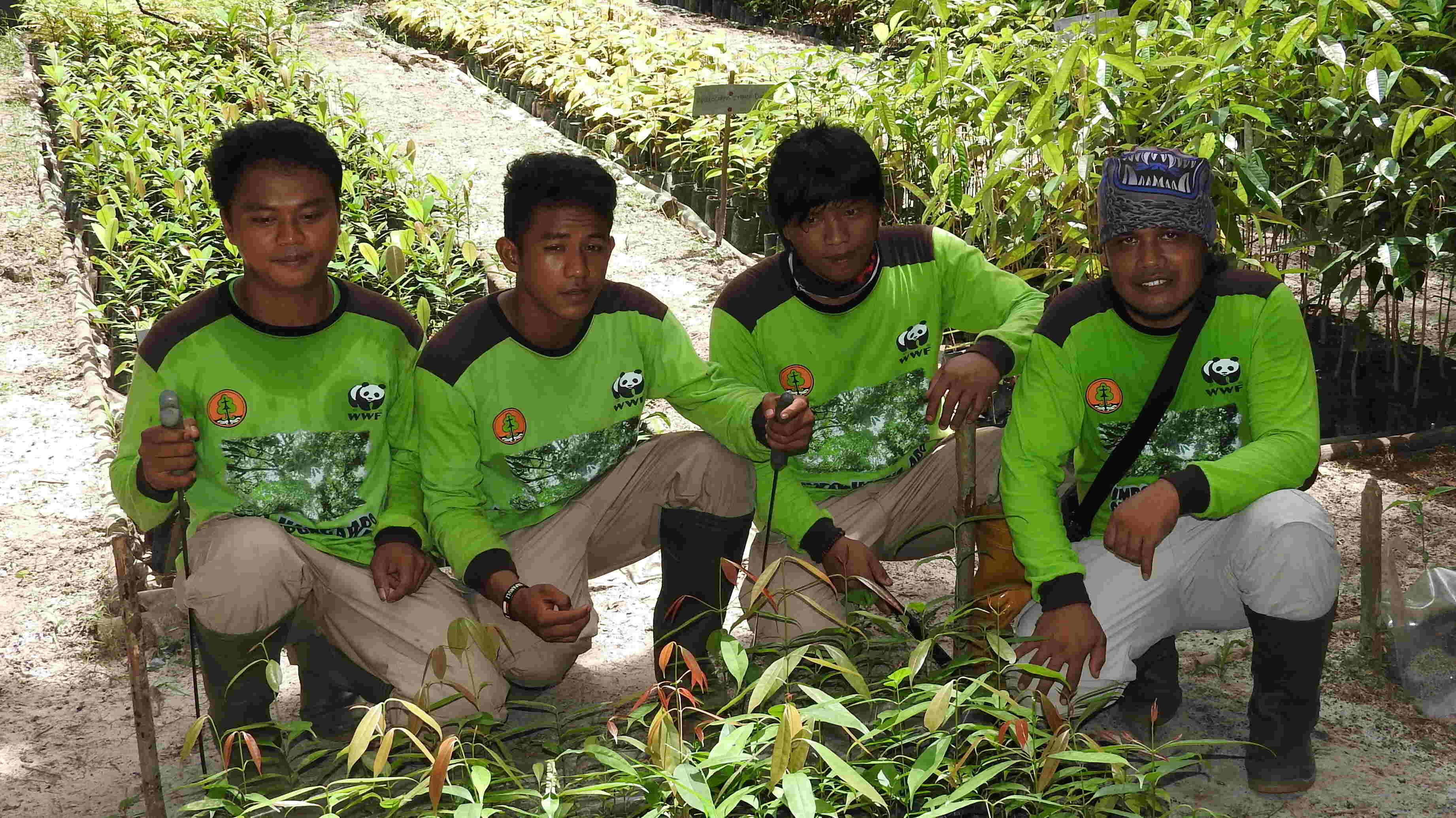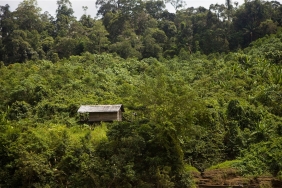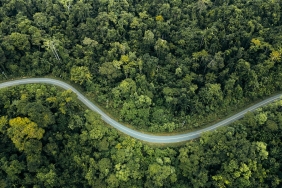SAVE ELEPHANT HABITAT, WWF-INDONESIA PLANTS NATIVE SEEDLINGS IN TESSO NILO FOREST
Tesso Nilo National Park is a lowland forest area located in Riau Province, Indonesia and is one of WWF Global's 200 Ecoregions. As such, WWF-Indonesia has always been keen to connect the forests of the five Tesso Nilo-Third Hill areas and make them a viable habitat for elephants, tigers, and the many other species that live within them.
A study by the Center for Biodiversity Management, Australia, which surveyed more than 1,800 tropical forest plots in the world, showed that no other plot in the world has as many plants as the Tesso Nilo forest. This was also added by a study from the Indonesian Institute of Sciences (LIPI) which found that of all the forest sites on the island of Sumatra, Tesso Nilo Forest has the highest number of species compared to other forests.

Given its richness and biodiversity, Tesso Nilo National Park was created in 2004 and doubled in size in 2009. Although it was established as a national park, the expansion area was degraded forest left behind by the commercial timber industry. Subsequently, illegal encroachers cut down trees and converted them into large-scale oil palm plantations, leaving many wildlife species homeless.
To improve these conditions, WWF together with Toyota Motor Corporation since 2016 through the "Living Asian Forest Project" program has committed to restore the condition of the Tesso Nilo forest with tree planting activities in order to rehabilitate wildlife habitat. The program aims to accelerate the global transition to sustainability, promote biodiversity conservation, increase environmental awareness and accelerate change towards a carbon-free society. Not only that, the program will also seek to improve the sustainability of natural resources and commodities such as timber, paper, palm oil, and natural rubber so that the threat of deforestation and species extinction can be reduced.

In order to celebrate the National Tree Planting Day on September 28, we would like to share the story of our tree replanting activities in the Tesso Nilo forest. The activities started from nursery, planting to monitoring, all of which involved the local community. Edi, one of the WWF-Indonesia staff assigned to Tesso Nilo National Park to restore forest conditions, tells us about the tree planting activities that have started since 2011. "I plant various types of native tree seedlings that have lived in this forest so that the lost forest wealth can be restored with various supports from the local community," Edi said.
Then Edi continued his story about the series of activities undertaken, starting from finding native seeds in the forest. The search for seedlings was not an easy thing because Edi and his other colleagues had to be careful because of the many bees, pacet, and army ants that came to bite. Not only that, there is still the next challenge, which is planting the seedlings in the nursery to grow to a sufficient height.
Furthermore, Edi also explained that each seedling planted must be well cared for and maintenance can take a minimum of three years. "Although this tree planting effort takes a long time and requires extra attention, it does not reduce my enthusiasm in this reforestation effort because I dream of keeping the Tesso Nilo Forest to become a suitable habitat for elephants," said Edi.





